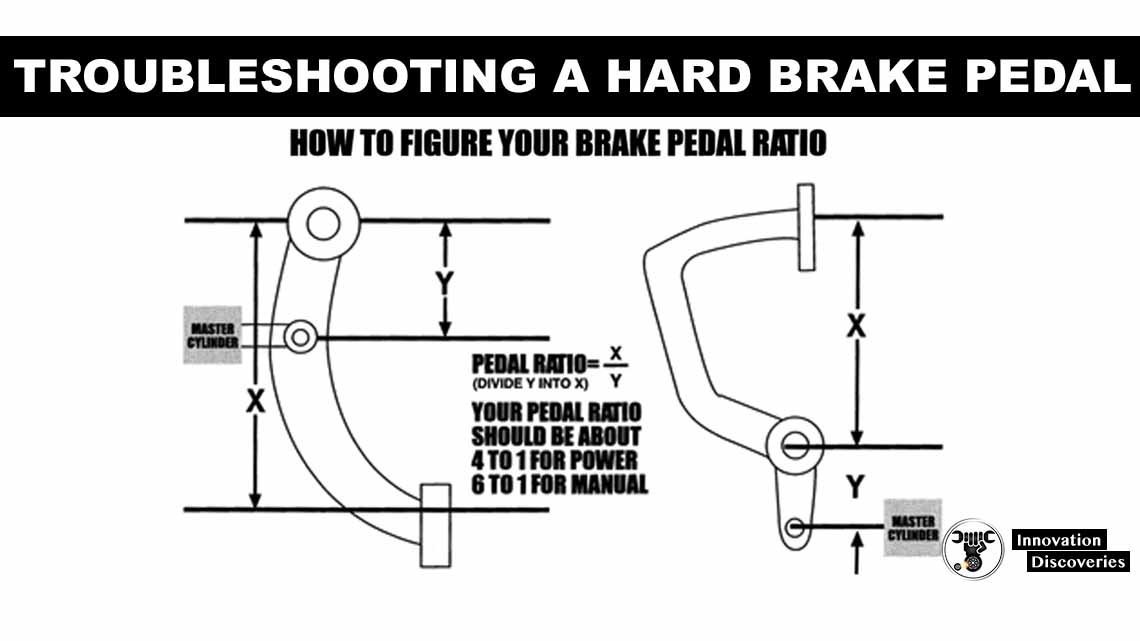
Introduction
Experiencing a hard brake pedal can be alarming and dangerous. A hard brake pedal means the pedal feels stiff and requires more effort to push down, which can reduce braking efficiency and compromise safety.
Understanding the causes and solutions for a hard brake pedal is crucial for maintaining your vehicle’s braking system.
This article will cover the common causes, diagnostic steps, and solutions for troubleshooting a hard brake pedal.
Common Causes of a Hard Brake Pedal
- Vacuum Problems
- Vacuum Booster Failure: The brake booster uses vacuum pressure to assist in applying the brakes. A failure in the vacuum booster can lead to a hard pedal because the assist mechanism is not functioning properly.
- Vacuum Leak: Leaks in the vacuum hose connecting the engine to the brake booster can reduce the amount of vacuum pressure available, resulting in a hard brake pedal.
- Brake Booster Issues
- Defective Brake Booster: Over time, the brake booster itself can fail due to internal diaphragm damage or other wear and tear. This failure leads to reduced braking assistance.
- Check Valve Malfunction: The check valve ensures that vacuum pressure is maintained in the brake booster. If this valve fails, it can cause a hard brake pedal.
- Master Cylinder Problems
- Master Cylinder Failure: The master cylinder is responsible for creating hydraulic pressure in the brake system. If it fails or leaks, it can lead to a hard brake pedal as it cannot create enough pressure.
- Brake Line Issues
- Clogged Brake Lines: Debris or corrosion in the brake lines can restrict fluid flow, making the brake pedal hard to press.
- Kinked Brake Lines: Physical damage to the brake lines, such as kinks, can restrict the flow of brake fluid and lead to a hard pedal.
- Brake Caliper Problems
- Seized Calipers: If the brake calipers are seized, they cannot move freely, causing increased resistance when pressing the brake pedal.
- Brake Pad Issues: Worn or improperly installed brake pads can cause the caliper to bind, leading to a hard pedal.
- Brake Fluid Issues
- Old or Contaminated Brake Fluid: Brake fluid can absorb moisture over time, reducing its effectiveness and causing a hard pedal.
- Low Brake Fluid: Low brake fluid levels can also cause a hard brake pedal as there is not enough fluid to create hydraulic pressure.
Diagnostic Steps
- Check Brake Fluid Level
- Inspect the brake fluid reservoir and ensure it is filled to the proper level. Top off if necessary and check for leaks.
- Inspect Vacuum Hose and Brake Booster
- Examine the vacuum hose for cracks, splits, or disconnections. Listen for hissing sounds that indicate a vacuum leak.
- Test the brake booster by pressing the brake pedal several times with the engine off, then start the engine with the pedal pressed. The pedal should drop slightly if the booster is working.
- Examine the Master Cylinder
- Look for signs of fluid leaks around the master cylinder. A failing master cylinder can cause a hard pedal due to insufficient hydraulic pressure.
- Check Brake Lines and Calipers
- Inspect brake lines for signs of damage, kinks, or corrosion.
- Test the calipers for proper movement and ensure they are not seized.
- Evaluate Brake Fluid Condition
- Check the condition of the brake fluid. If it appears dirty or has absorbed moisture, consider flushing and replacing the brake fluid.
Solutions
- Fix Vacuum Issues
- Repair Vacuum Leaks: Replace any damaged or leaking vacuum hoses. Ensure all connections are secure.
- Replace Faulty Vacuum Booster: If the brake booster is defective, replace it to restore proper braking assistance.
- Repair or Replace Brake Booster
- Check Valve Replacement: If the check valve is faulty, replace it to ensure proper vacuum pressure.
- Brake Booster Replacement: Replace the brake booster if it is damaged or worn out.
- Master Cylinder Repair
- Repair Leaks: Fix any leaks in the master cylinder to restore hydraulic pressure.
- Replace Master Cylinder: If the master cylinder is severely damaged, replace it with a new unit.
- Brake Line and Caliper Maintenance
- Flush Brake Lines: Clear any debris or corrosion from the brake lines by flushing the system.
- Repair or Replace Calipers: If the calipers are seized or damaged, repair or replace them to ensure proper function.
- Brake Fluid Replacement
- Flush and Replace Fluid: If the brake fluid is old or contaminated, flush the system and replace it with fresh, high-quality brake fluid.
Conclusion
A hard brake pedal can compromise your vehicle’s safety and performance. By understanding the common causes and following systematic diagnostic steps, you can identify and address the issue effectively.
Regular maintenance of your brake system, including checking fluid levels, inspecting vacuum hoses, and ensuring the proper function of the brake booster and master cylinder, can help prevent a hard brake pedal and keep your vehicle operating safely.
Discover More:
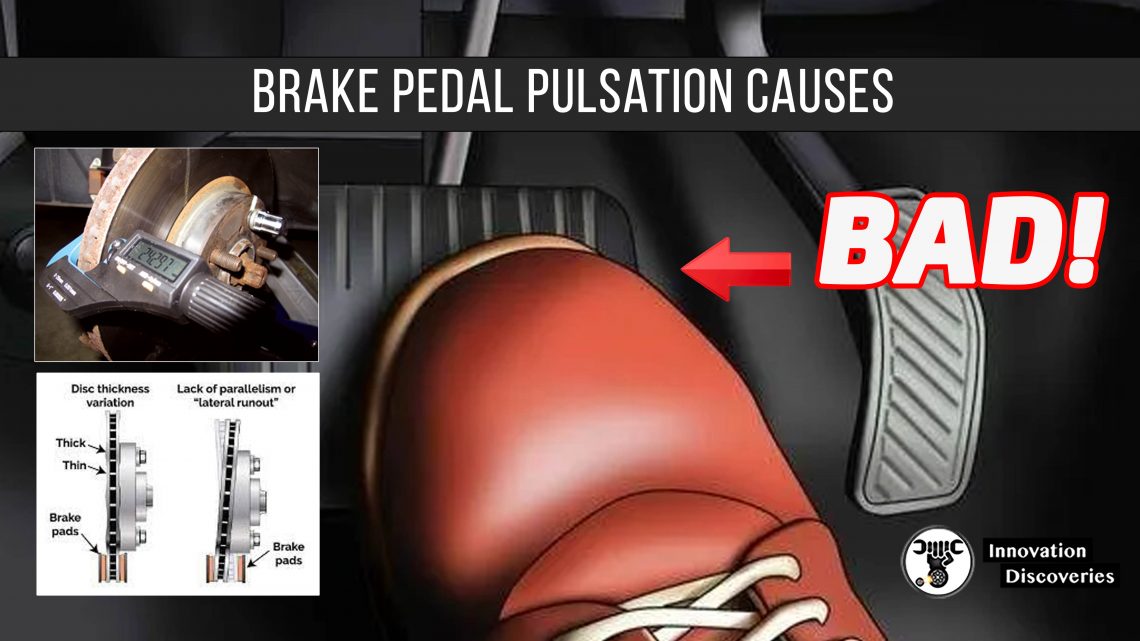
More About Braking Systems
- Top 5 Causes of Steering Wheel Shakes at Low and High Speeds
- HOW HYDRAULIC BRAKE WORKS?
- AIR BRAKE SYSTEM: COMPONENTS, WORKING PRINCIPLE, AND APPLICATIONS
- HOW DOES REGENERATIVE BRAKING WORK?
- 8 REASONS YOUR CAR IS MAKING GRINDING NOISE WHEN BRAKING
- Regenerative Braking System
- JAKE BRAKE VS. EXHAUST BRAKE: WHICH IS BETTER?
- SQUEALING BRAKES AT LOW SPEED: CAUSES AND SOLUTIONS
- TROUBLESHOOTING A HARD BRAKE PEDAL
- CONVERT DRUM BRAKES TO DISC BRAKES IN 3 STEPS!
- CAUSES OF THE BRAKE WARNING LIGHT COMING ON
Visit Forum
Visit Our Friendly Website


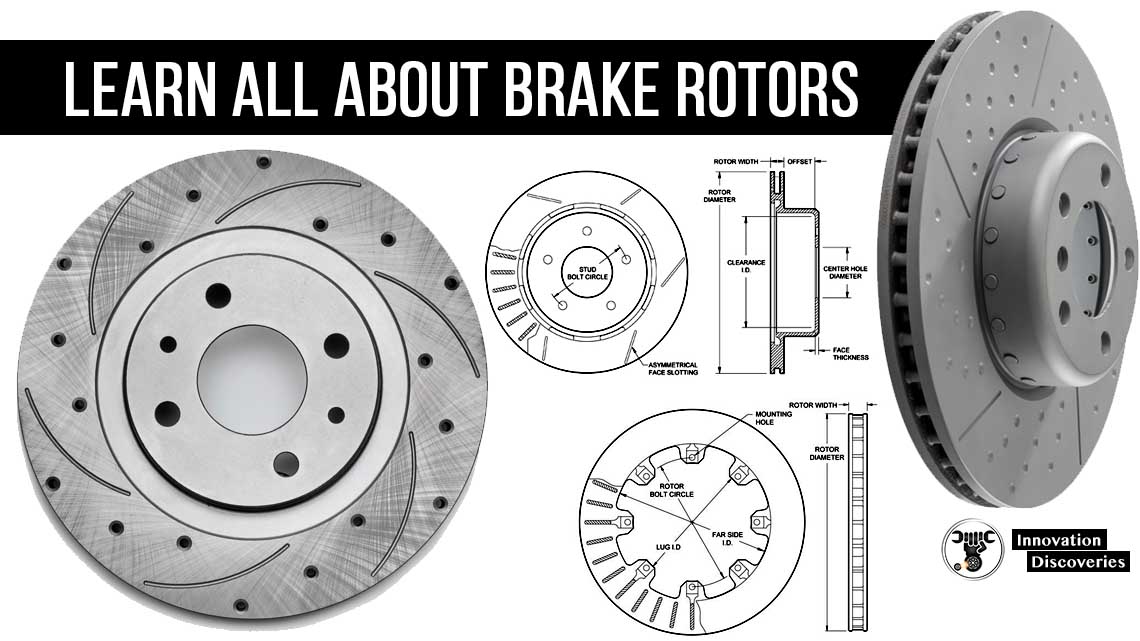
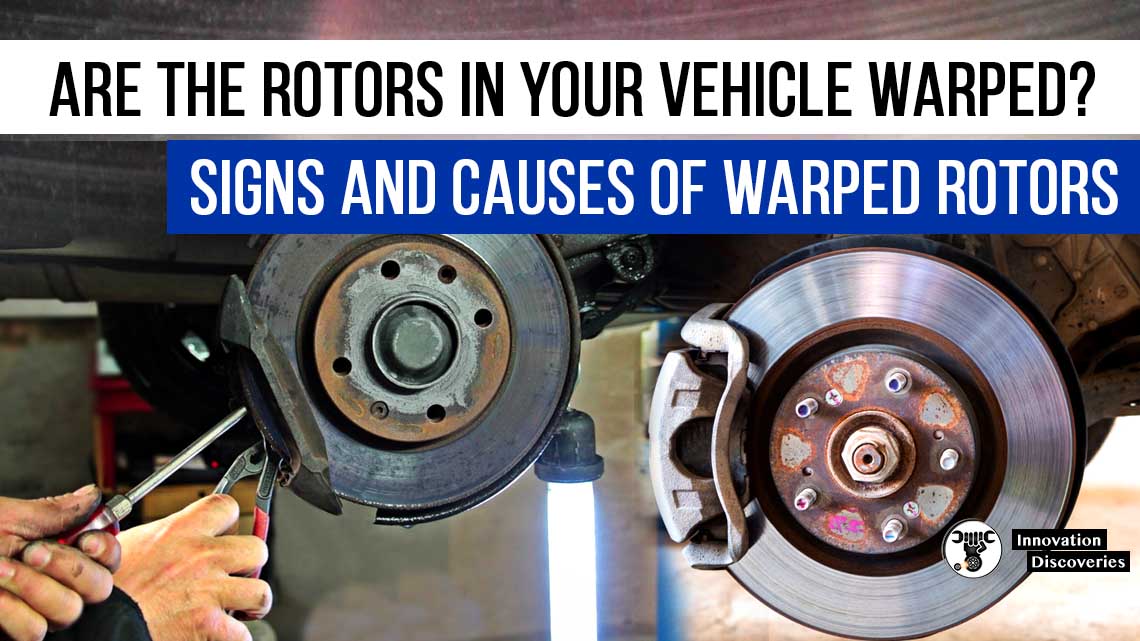

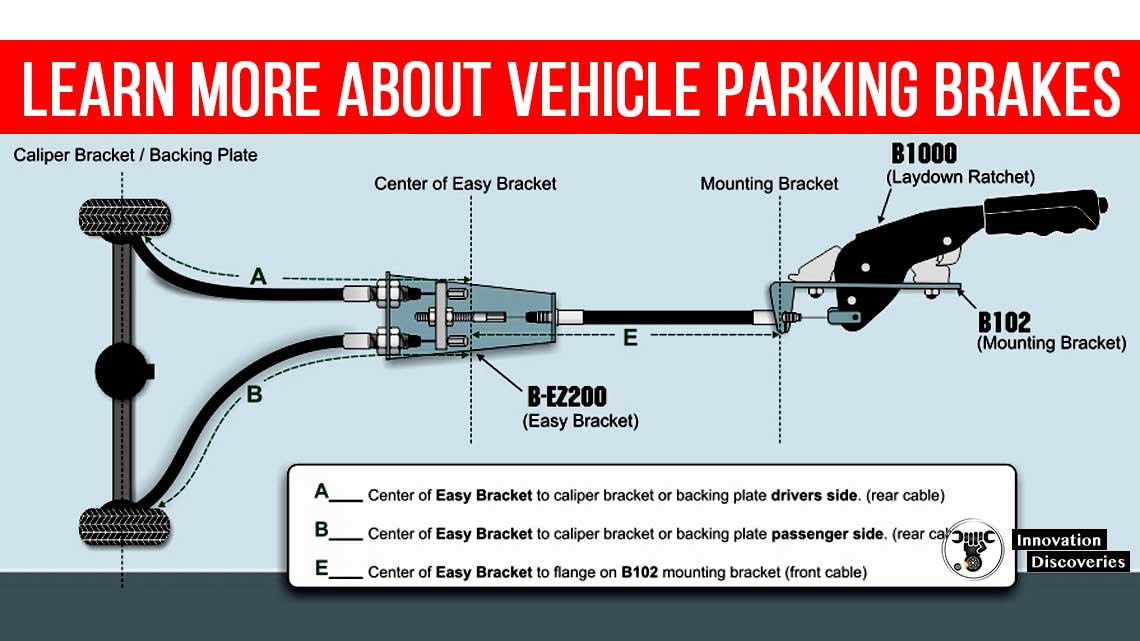


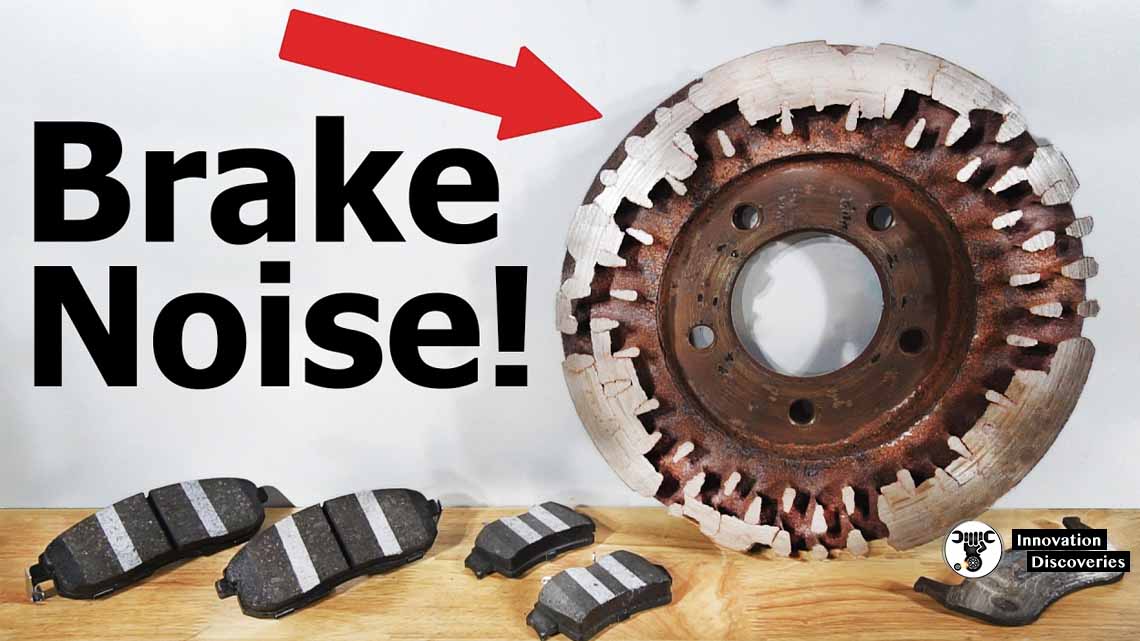
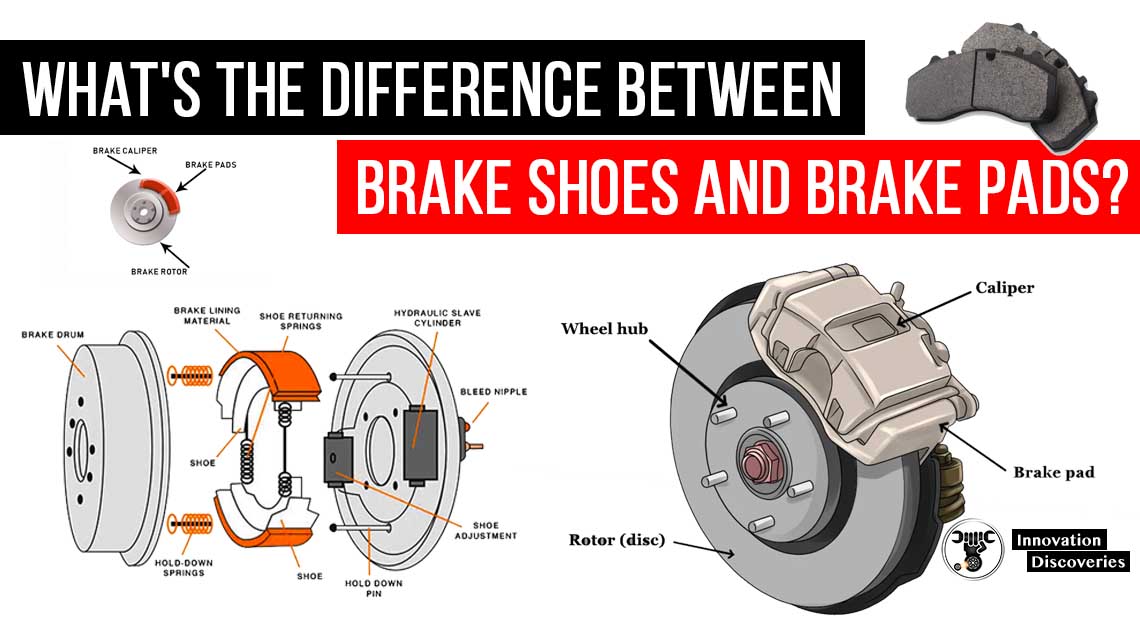
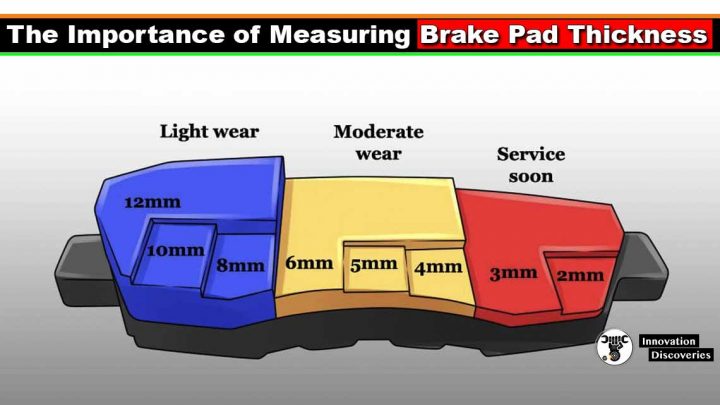
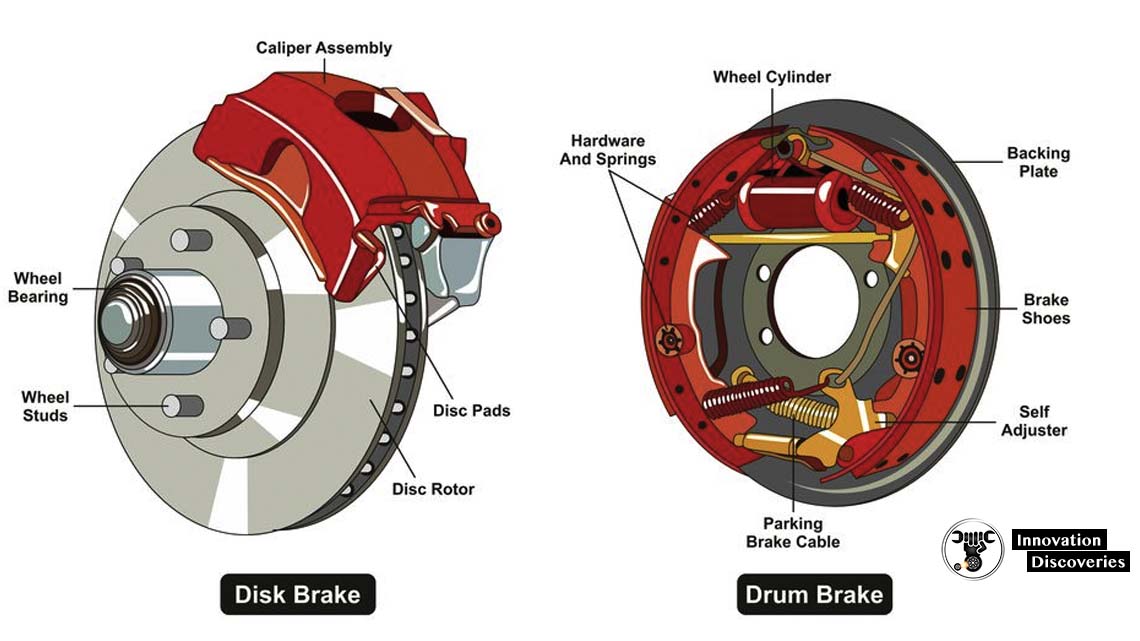
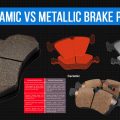


6 Comments